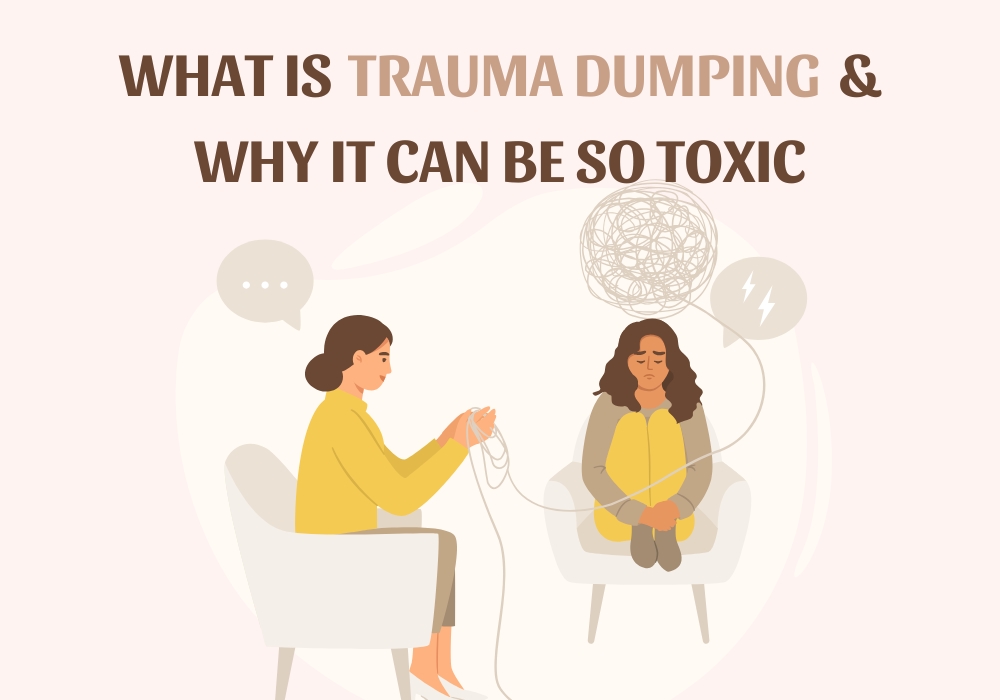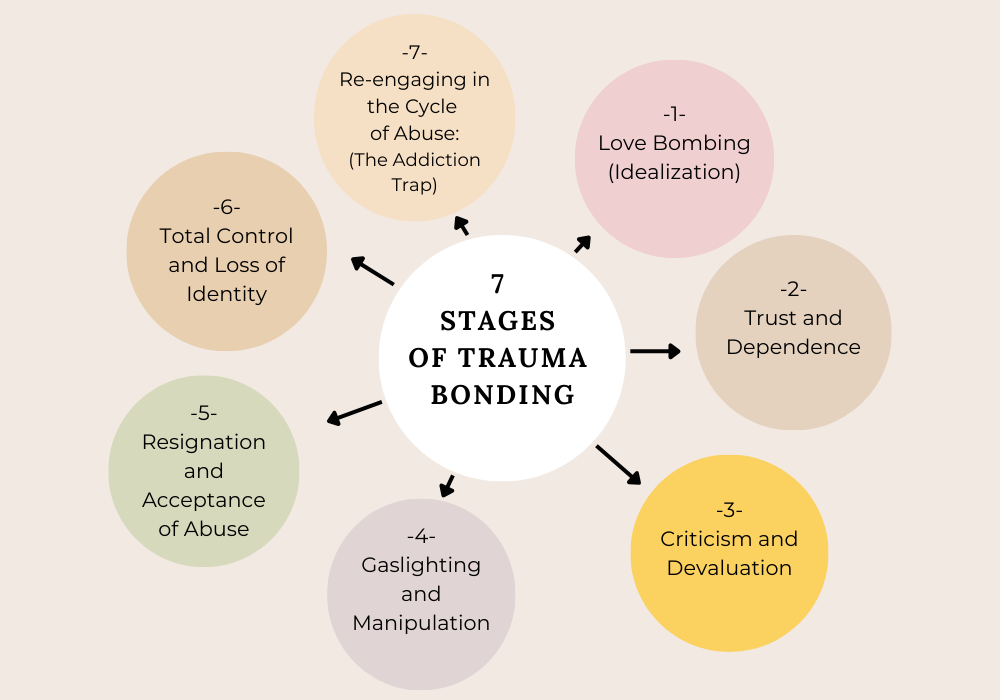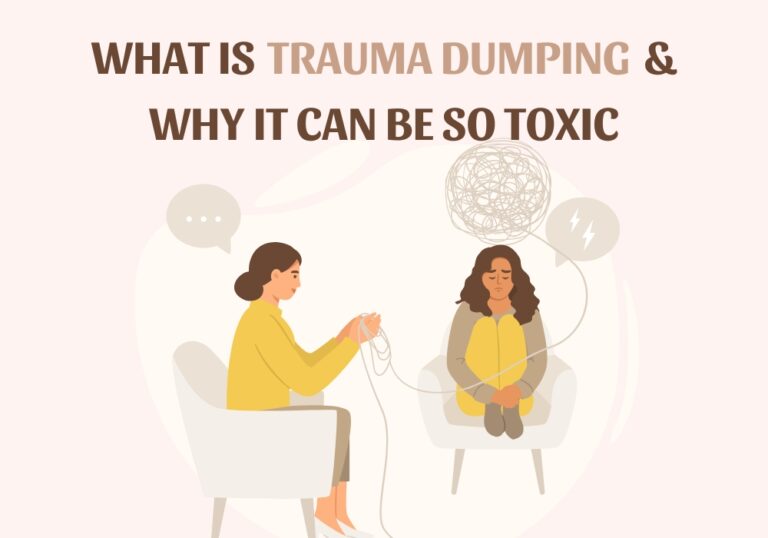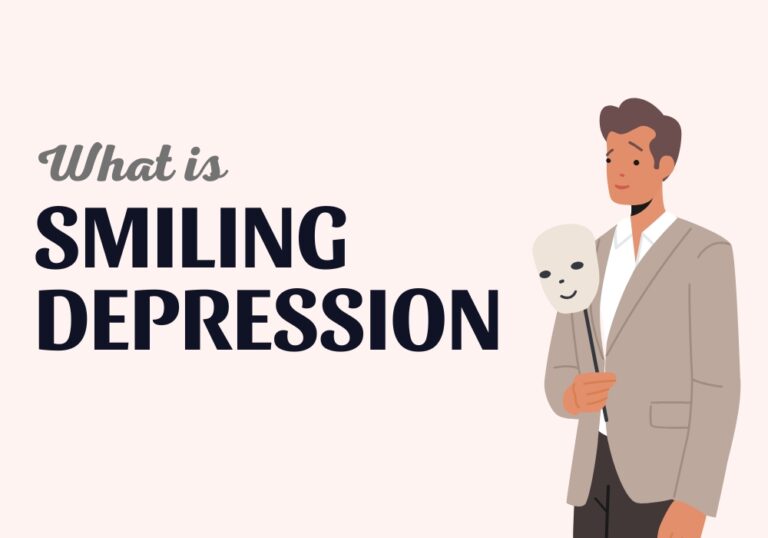What is a Boomerang Effect?
The Boomerang effect is a simple feedback loop where outcomes come back and return either positively or negatively. It occurs in social psychology when someone hears a persuasive message and ends up taking the opposite view.
The boomerang effect occurs when a person’s attitude changes in the opposite direction of what was intended. This is linked to the “psychological reactance theory,” which explains that when someone’s freedom is limited, they often act against it to preserve their sense of autonomy.
The boomerang effect happens in various areas like psychology, politics, and social situations. It’s when a persuasive message, meant to change someone’s attitude, is seen as a threat to their freedom.
The boomerang effect can occur in various contexts involving psychological science, political behavior, and other social experiments or phenomena. It occurs when a persuasive message intended to change someone’s attitude is seen as a hindrance to their freedom.
People are interconnected like an ecosystem. Our thoughts and words impact the world like a boomerang, going out and coming back to us. This process is part of creating our reality, even though we might not be aware of it. The Boomerang effect can be seen in various aspects of life such as politics, business, relationships, economics, environment, and marketing.
Examples of the Boomerang Effect:
1-Marketing & Advertising:
If ads seem pushy or controlling, customers might stay away from the product or service, causing the opposite outcome marketers wanted.
2-Religious Change Attempts:
Trying to change someone’s religion might cause resistance and even make them more devoted to their current faith, especially if the attempt seems forceful or not genuine.
3-Relationship Advice:
Sometimes when friends or family members offer relationship advice, they may experience the boomerang effect. If the advice is unsolicited or overly critical of a partner, it can cause the individual to become defensive and resistant to change.
4-Environmental Advocacy:
Some eco-activists who promote lifestyle changes like Don’t waste water or using cars less often might unintentionally create opposition if their message comes across as preachy or critical.
5-Political campaigns:
Negative political ads often backfire, as they make the attacking candidate or group seem untrustworthy and less likable, leading to increased support for the targeted candidate.
6-Anti-Drug Efforts:
Sometimes, well-meant campaigns against drugs accidentally boost drug use. When they apply frightening or overly dramatic methods, young individuals might see them as overstated or not genuine, resulting in a defiant reaction.
Related:How to Break Bad Habits and Stop Your Addiction ?
How to avoid the Boomerang Effect:
1-Understand what you’re asking:
To avoid the boomerang effect, first, understand your audience’s expectations. This is similar to audience analysis, which helps you see how your message is received by listeners. Doing so allows you to create a clear and confident message that connects with them.
Recognize that the boomerang effect often happens when people feel a loss of control or resist conforming. To counter this, use comforting and inspiring language. Instead of setting rules, offer choices and possibilities to let the audience feel in charge and independent.
2-Active Listening:
In order to truly understand someone’s perspective, it is important to practice active listening. Reflect on their emotions and restate what they say to show your engagement in the conversation.
3-Enhancing your communication:
Enhancing our communication is vital for all of us. To excel as speakers and individuals, remember to stay away from disempowering messages, and stand your ground, convey tough messages confidently, give options, avoid overloading others with excessive communication, and don’t make them feel like pressure to conform.
Related:How to Speak Well in 15 Easy Steps ?
4-Create a feedback loop:
Create a continuous and straightforward feedback loop that allows individuals to confidently express their opinions and concerns without any fears. This ongoing exchange of ideas helps to establish a shared understanding among all parties, making it easier to adjust and collaborate with ease. By nurturing an atmosphere where open communication is valued, not only are relationships strengthened, but there is also a self-assured approach to tackling issues and discovering solutions together. Consequently, this method fosters a cooperative environment that is crucial for development and accomplishment in any pursuit.
5-Discover Shared Interests:
Find shared values or interests between your message and the person’s beliefs. Emphasize these agreed-upon aspects to establish a sense of unity.
6-Give choice and Autonomy:
Empower individuals by presenting them with various options and choices in their decision-making process. This grants them a feeling of control in determining their path, subsequently diminishing any resistance they may experience.
7-Be flexible :
Adapt to challenges by considering various options and solutions. Avoid being forceful or pushy with others, and present your viewpoints with an open mind.
Finally:
To avoid the Boomerang Effect, be patient, empathetic, and dedicated to respecting others’ autonomy. Focus on building connections for better, long-lasting persuasion results.









